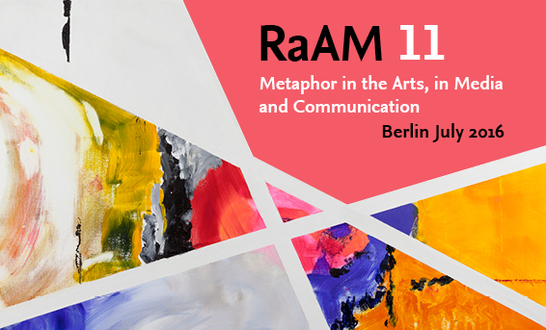mediaesthetics #2 collects contributions from keynote speakers and selected papers presented at RaAM 11: Metaphor in the Arts, in Media and Communication. In July 2016, this 11th international conference of the Association for Researching and Applying Metaphor (RaAM) was held at Freie Universität Berlin, organized by Cinepoetics – Center for Advanced Film Studies, together with Viadrina Center for Dynamic Multimodal Communication (Viadrina European University, Frankfurt / Oder).
